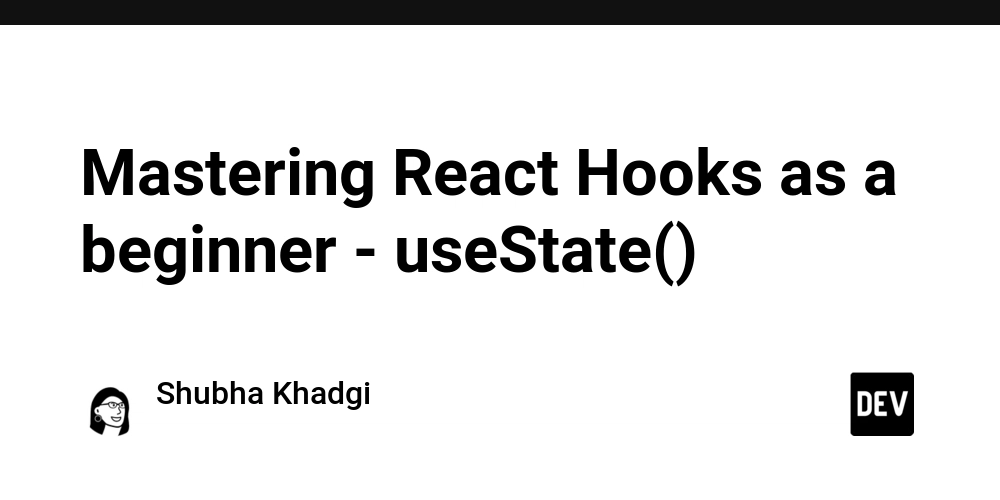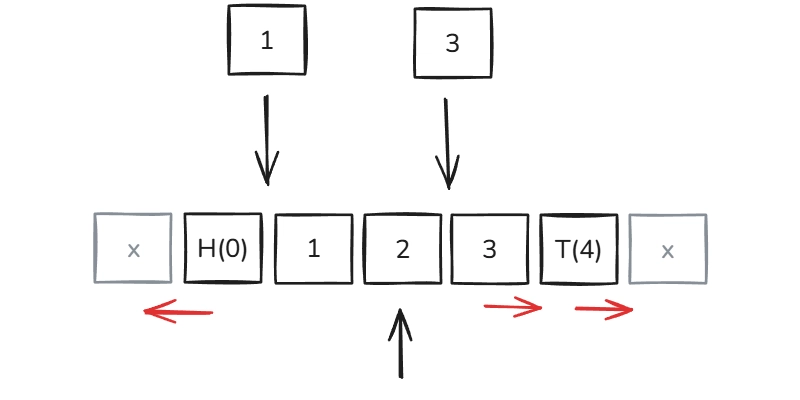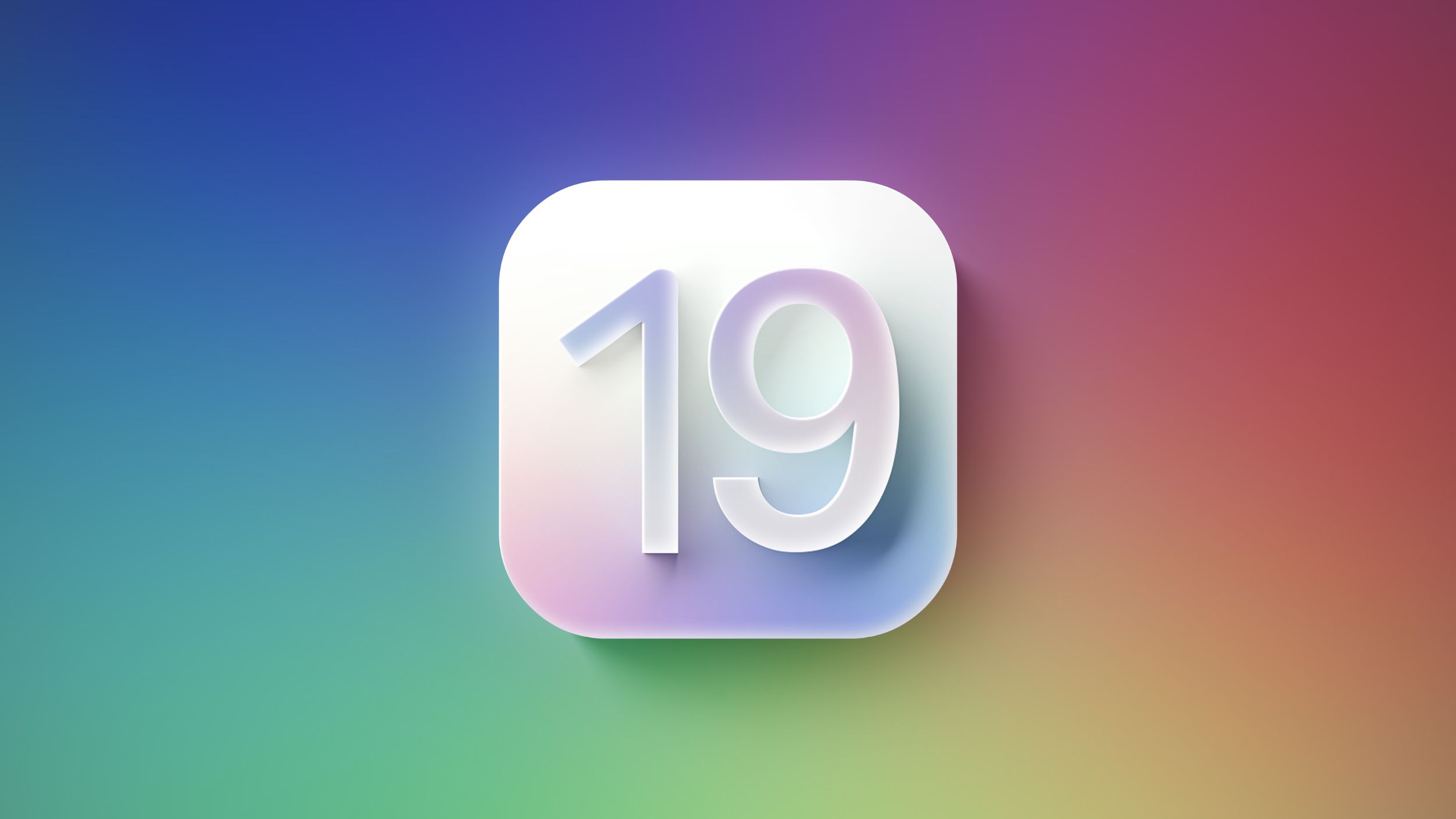Mastering React Hooks as a beginner - useState()
useState – Managing State in React You’ve probably heard the term "state" thrown around a lot when learning React. But what does it mean? Think of state like the mood of your app — it’s what gives your app its personality! State controls things like whether a button is pressed, what text is typed in an input box, or how much a counter is incremented. Syntax const [state, setState] = useState(initialValue); Toggle Between Light and Dark Mode You’ve probably seen websites with a button that lets you switch between light and dark themes, right? Well, let’s build that using useState in a React functional component. We’ll create a button that toggles between two themes — light and dark. import React, { useState } from 'react'; import './App.css'; // This is where we define the styles for light and dark modes function ThemeSwitcher() { const [isDarkMode, setIsDarkMode] = useState(false); // Start in light mode (false) // Function to toggle between light and dark modes const toggleTheme = () => { setIsDarkMode(!isDarkMode); // Toggle the state }; return ( {isDarkMode ? 'Dark Mode' : 'Light Mode'} Switch to {isDarkMode ? 'Light Mode' : 'Dark Mode'} ); } export default ThemeSwitcher; Tips for better optimization Use Previous State for Updates If the new state depends on the old state, always pass a function to setState setCount(prevCount => prevCount + 1); Lazy Initialization For expensive initial states, use a function to initialize state. const [count, setCount] = useState(() => calculateInitialState()); Alright, that’s pretty much it for useState. Nothing too crazy, right? You’ve seen how to use it, toggle some themes, and even picked up a few tips for writing cleaner code. Catch you in the next one! ✌️

useState – Managing State in React
You’ve probably heard the term "state" thrown around a lot when learning React. But what does it mean? Think of state like the mood of your app — it’s what gives your app its personality! State controls things like whether a button is pressed, what text is typed in an input box, or how much a counter is incremented.
Syntax
const [state, setState] = useState(initialValue);
Toggle Between Light and Dark Mode
You’ve probably seen websites with a button that lets you switch between light and dark themes, right? Well, let’s build that using useState in a React functional component. We’ll create a button that toggles between two themes — light and dark.
import React, { useState } from 'react';
import './App.css'; // This is where we define the styles for light and dark modes
function ThemeSwitcher() {
const [isDarkMode, setIsDarkMode] = useState(false); // Start in light mode (false)
// Function to toggle between light and dark modes
const toggleTheme = () => {
setIsDarkMode(!isDarkMode); // Toggle the state
};
return (
{isDarkMode ? 'Dark Mode' : 'Light Mode'}
);
}
export default ThemeSwitcher;
Tips for better optimization
- Use Previous State for Updates
If the new state depends on the old state, always pass a function to setState
setCount(prevCount => prevCount + 1);
- Lazy Initialization
For expensive initial states, use a function to initialize state.
const [count, setCount] = useState(() => calculateInitialState());
Alright, that’s pretty much it for useState. Nothing too crazy, right? You’ve seen how to use it, toggle some themes, and even picked up a few tips for writing cleaner code.
Catch you in the next one! ✌️



.jpg)






































































































































































![[The AI Show Episode 144]: ChatGPT’s New Memory, Shopify CEO’s Leaked “AI First” Memo, Google Cloud Next Releases, o3 and o4-mini Coming Soon & Llama 4’s Rocky Launch](https://www.marketingaiinstitute.com/hubfs/ep%20144%20cover.png)














































































































































































.png?width=1920&height=1920&fit=bounds&quality=70&format=jpg&auto=webp#)





















![Blue Archive tier list [April 2025]](https://media.pocketgamer.com/artwork/na-33404-1636469504/blue-archive-screenshot-2.jpg?#)


































.png?#)








































.webp?#)










































































































![Apple to Split Enterprise and Western Europe Roles as VP Exits [Report]](https://www.iclarified.com/images/news/97032/97032/97032-640.jpg)
![Nanoleaf Announces New Pegboard Desk Dock With Dual-Sided Lighting [Video]](https://www.iclarified.com/images/news/97030/97030/97030-640.jpg)

![Apple's Foldable iPhone May Cost Between $2100 and $2300 [Rumor]](https://www.iclarified.com/images/news/97028/97028/97028-640.jpg)


































































































































